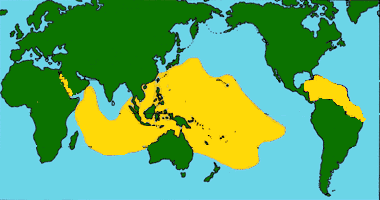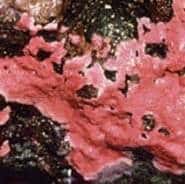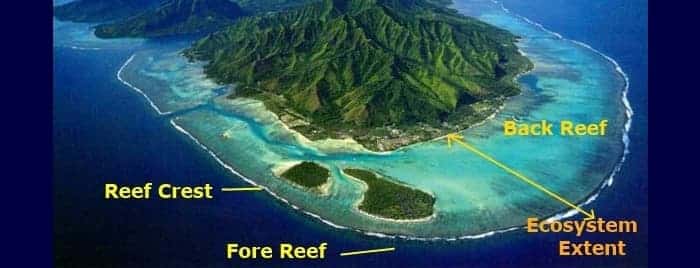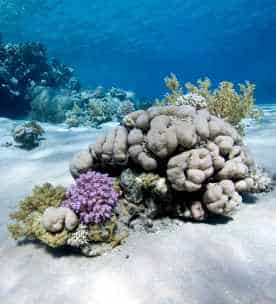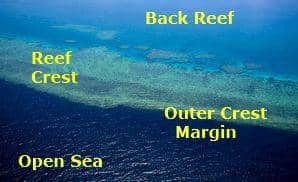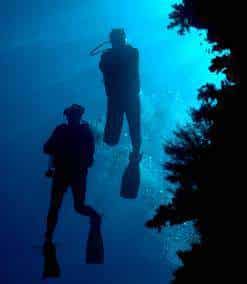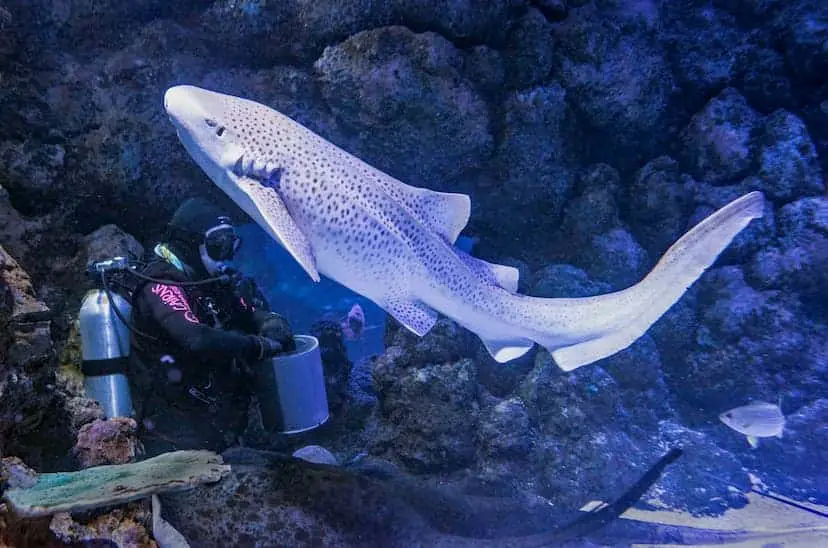Then – where conditions permit – the sea floor begins to slope ever more steeply. It is here that the “upper” fore reef gives way to the “lower” segment, characterized by different dominant corals. The lower fore reef continues to plunge downward, often into waters too poorly lit to permit coral growth. This descent sometimes creates nearly vertical “walls” of solid coral.
Zonation Summary
The extent and development of each zone often varies considerably at different geographic locations, and even within different parts of single reef systems. In some places, one zone may abruptly transition to another, while in other places such transitions are more gradual. At some locations an entire zone may be poorly developed or entirely missing.


